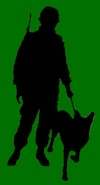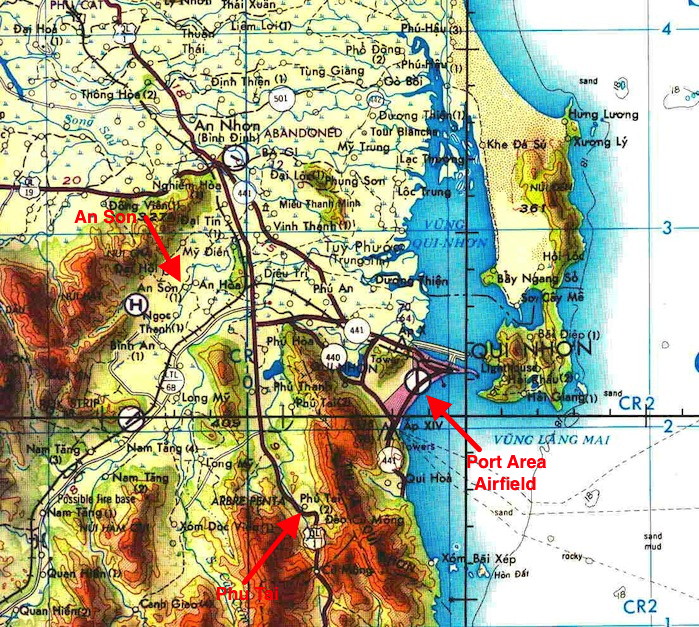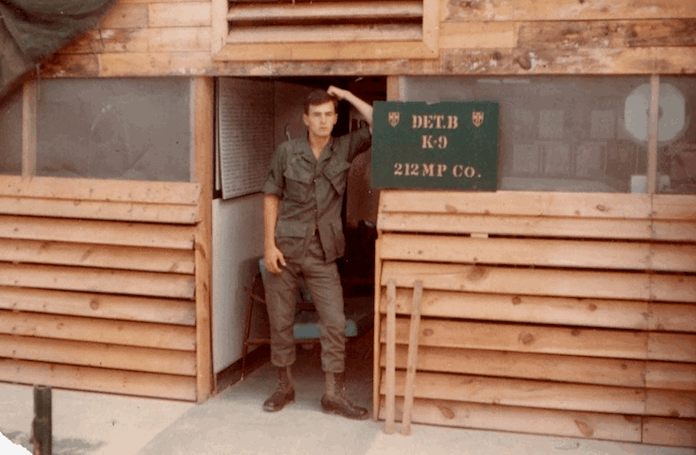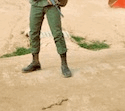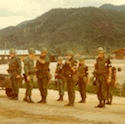Some of the U.S. military and allied combat arms, combat support and service units stationed in and around Qui Nhon and at the airfield were; 140th Transportation Detachment (Helicopter Maintenance), 117th Aviation Company (Assault Helicopter), 18th Aviation Company, U.S. Army Special Forces, MACV Advisory staff, elements of the U.S. Marine Corps Special Landing Force, elements of the U.S. 1st Infantry Division and 101st Airborne Division, Republic of South Korea (ROK) Marine's, U.S. Navy Support elements, Republic of South Vietnam Air Force and Army units, 70th and 84th Engineer Battalions, 937th Engineer Group, 597th Truck Company (Medium & S&T), 5th Ordnance Battalion later reflagged as 5th Maintenance Battalion, C Company, 504th MP Battalion, and others yet identified. |


